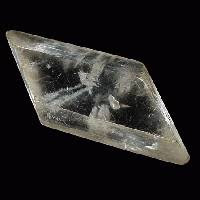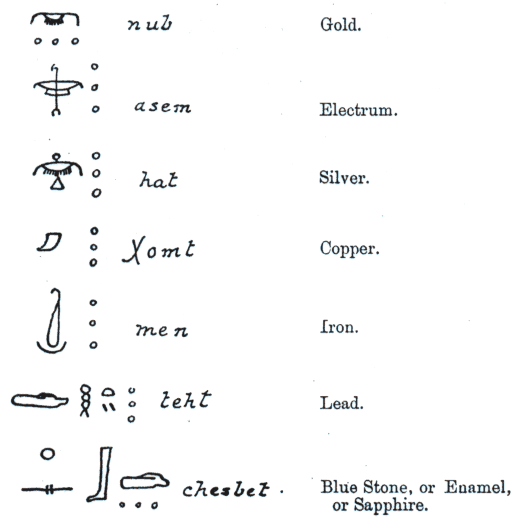According to IUPAC’s Principles of Chemical Nomenclature [1],
 |
An element (or an elementary substance) is matter, the atoms of which are alike in having the same positive charge on the nucleus (or atomic number). |
You can’t help noticing the circular nature of these definitions: An element is matter, the atoms of which have the same atomic number; while an atom is the smallest unit quantity of an element. And what are “atoms of the same or other elements” if not just “any atoms”?
Of course it is not helpful that ‘element’ is used for either ‘elementary substance’ or ‘atom’. The ChEBI solution was to get away from ‘element’. Instead, there are either atoms or elemental molecular entities. These belong to different branches of ontology, so they should not really be confused. Or at least, that was the idea.
In ChEBI, ‘elemental’ applies to any class of molecular entities which consist of only one type of atom, be they mono- or polyatomic. For instance, elemental oxygen can be mono-, di- or triatomic. On the other hand, the oxygen atom can be part of a non-elemental molecular entity.
If there is a scope for confusion, people will get confused. Here’s a question I heard on more than one occasion: what is the difference between monoatomic oxygen and oxygen atom? After all, any form of monoatomic oxygen, viz. oxide(•1−), oxide(2−), or neutral monooxygen, can also be referred to as an ‘oxygen atom’. Ditto any of the monooxygen groups: oxido (—O−), oxo (=O) and oxy (‒O‒). The thing is, they belong to different universes (which, properly, should be made disjoint):
- monoatomic oxygen is a monoatomic entity is a molecular entity
- monooxygen group is a group
- oxygen atom is a atom
A group does not exist on its own: it is always a part of polyatomic entity and consists of at least one atom plus at least one bond. Monoatomic entity consists of one (and only one) atom and does exist on its own. Since we need ‘atom’ to define both groups and molecular entities, it is a good idea to keep atoms in an independent, disjoint branch.
- Leigh, G.J., Favre, H.A. and Metanomski, W.V. Principles of Chemical Nomenclature: A Guide to IUPAC Recommendations. Blackwell Science, 1998, p. 3.






.png)







